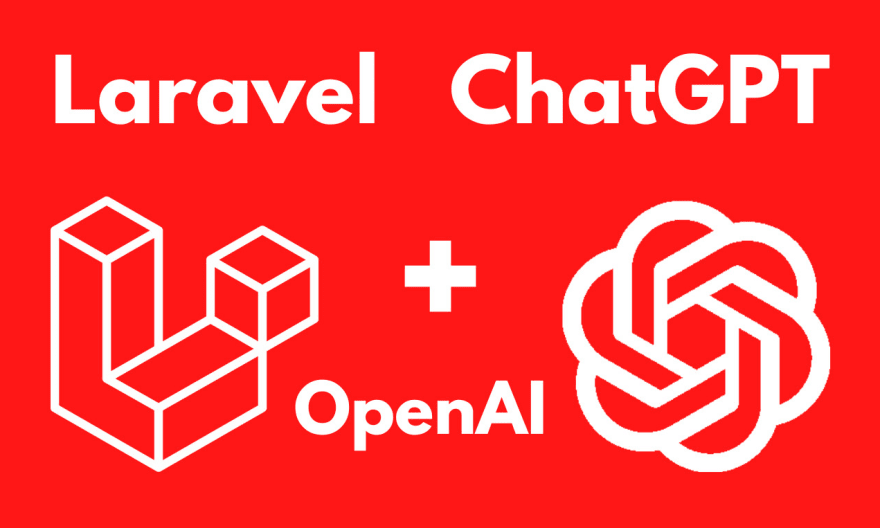Enhance your Laravel application with a conversational layer by integrating ChatGPT, OpenAI’s powerful language model. In this guide, we’ll integrate ChatGPT with laravel and walk through the process of creating a Laravel ChatGPT Controller, allowing you to seamlessly integrate chatbot capabilities into your application.
Table of Contents:
- Introduction
- Understanding ChatGPT
- 2.1 Key Features and Capabilities
- 2.2 Use Cases for ChatGPT in Laravel
- Setting Up OpenAI API
- 3.1 Obtaining OpenAI API Key
- 3.2 API Endpoint Configuration
- Creating a Laravel ChatGPT Controller
- 4.1 Installing Guzzle for API Requests
- 4.2 Laravel Controller Setup
- Building Conversational Flows
- 5.1 Handling User Inputs
- 5.2 Processing ChatGPT Responses
- Enhancing Security and Privacy
- 6.1 Securing API Key Storage
- 6.2 GDPR Compliance for Conversational Data
- Testing and Iterating the Chatbot
- 7.1 Unit Testing Conversational Flows
- 7.2 Continuous Integration Considerations
- Integrating ChatGPT into Frontend
- 8.1 Using Laravel Blade for Frontend Integration
- 8.2 Real-time Updates with Laravel Echo and Pusher
- Scaling and Performance Optimization
- 9.1 Caching ChatGPT Responses
- 9.2 Load Balancing for Scalability
- Monitoring and Analytics
- 10.1 Logging Conversations
- 10.2 Analyzing User Interactions
- User Authentication and Personalization
- 11.1 Recognizing Authenticated Users
- 11.2 Personalizing Conversations
- Future Enhancements and Considerations
- 12.1 Multi-language Support
- 12.2 Integration with NLP Models
- Conclusion
Creating a Laravel ChatGPT Controller:
4.1 Installing Guzzle for API Requests:
Guzzle is a powerful HTTP client for making API requests. Install it using Composer:
composer require guzzlehttp/guzzle
4.2 Laravel Controller Setup:
Create a new controller using the Artisan command:
php artisan make:controller ChatGPTController
Open the ChatGPTController.php file in the app/Http/Controllers directory and set up the basic structure:
// app/Http/Controllers/ChatGPTController.php
namespace App\Http\Controllers;
use Illuminate\Http\Request;
use GuzzleHttp\Client;
class ChatGPTController extends Controller
{
private $gptApiKey;
public function __construct()
{
$this->gptApiKey = config('services.openai.api_key');
}
public function interactWithChatGPT(Request $request)
{
$userInput = $request->input('user_input');
$response = $this->makeChatGPTRequest($userInput);
$chatbotResponse = $this->processChatGPTResponse($response);
return response()->json(['response' => $chatbotResponse]);
}
private function makeChatGPTRequest($userInput)
{
$client = new Client();
$response = $client->post('https://api.openai.com/v1/chat/completions', [
'headers' => [
'Content-Type' => 'application/json',
'Authorization' => 'Bearer ' . $this->gptApiKey,
],
'json' => [
'messages' => [
['role' => 'system', 'content' => 'You are a helpful assistant.'],
['role' => 'user', 'content' => $userInput],
],
],
]);
return json_decode($response->getBody(), true);
}
private function processChatGPTResponse($response)
{
return $response['choices'][0]['message']['content'];
}
}
In this controller, we handle user inputs, make a request to the OpenAI API, and process the response. Adjust the code based on your application’s needs.

